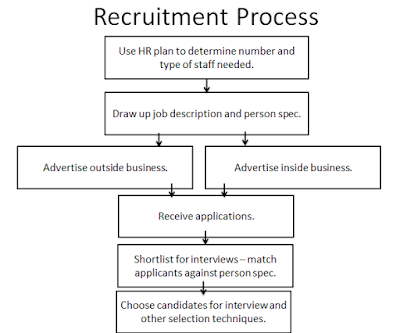Producer
Film producers fill a variety of roles depending upon the type of producer. Either employed by a
production company or
independent,
producers plan and coordinate various aspects of film production, such
as selecting script, coordinating writing, directing and editing, and
arranging financing. During the "discovery stage", the producer has to find and acknowledge promising material.Then, unless the film is supposed to be based on an original script, the producer has to find an appropriate
screenwriter.
Director
A film director is a person who directs the making of a
film.
Generally, a film director controls a film's artistic and dramatic
aspects, and visualizes the script while guiding the technical crew and
actors in the fulfillment of that vision. The director has a key role in
choosing the cast members, production design, and the creative aspects
of filmmaking. Under
European Union law, the director is viewed as the
author of the film.
The film director gives direction to the cast and crew and creates an
overall vision through which a film eventually becomes realized, or
noticed. Directors need to be able to mediate differences in creative
visions and stay in the boundaries of the film's budget. There are many
pathways to becoming a film director. Some film directors started as
screenwriters, cinematographers, film editors or actors. Other film
directors have attended a film school. Directors use different
approaches. Some outline a general plotline and let the actors improvise
dialogue, while others control every aspect, and demand that the actors
and crew follow instructions precisely. Some directors also write their
own screenplays or collaborate on screenplays with long-standing
writing partners. Some directors edit or appear in their films, or
compose the music score for their films.



